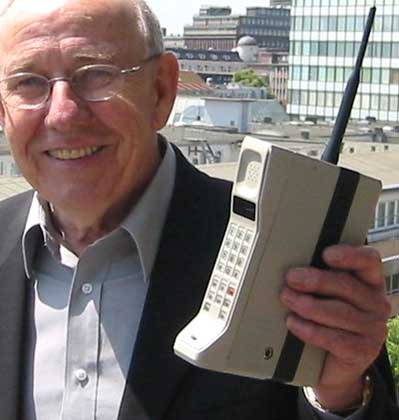Re: Threaded vs. quick detach suppressor?
Griff, just got back in. Honestly, now I am getting worried about you. Its Thanksgiving, I hope you did have some fun.
Poor OP, he has to read through all this madness.
No, one cannot shoulder up a MAC and then "put it in a vice and give it a 1/4 turn" it cannot be done. It's pure madness. Please get behind a mac and Sionics.
No, none one holds on a mac can to make it safe. Just check it every 3 mags.
Griff, the end cap on the Sionics was poly resin washer, it was a throw away, it didn't matter.
Hell, I'll call yours and raise you one of a guy shooting his hand with a rifle.
No, a longer, heavier can has nothing to do with accuracy or stability or repeatability. Never did, never will. Just the opposite.
No, the cans pressure is not determined by capacity alone, over the barrel or otherwise. There are a number of single point precision cans with low pressure.
"Rollingthunder51's inane argument that they are defective or inferior products is just another example of his strong affiliation to AWC."
Reread...no mention of defective.
Reread...no mention of inferior.
Reread...no mention of AWC. (btw, they made reflective cans early too)
Lets keep this civil, you take a catalog, and scan it. You get....right...a high rez image far less than the tiny files used here at the Hide.
Here is an image for you...earlier...right there in Photobucket as well. Zooms, scales, gigantico!
http://s623.photobucket.com/albums/tt319/1M_GHOST/?action=view¤t=SH.jpg
I used it in this thread.
http://www.snipershide.com/forum/ubbthreads.php?ubb=showflat&Number=2903081#Post2903081
Sorry Griff, I don't own or work for the hospital either. I will gift the mats to the mothers of young kids with Lyme. Why? My kids got it.
Perhaps it was our KX discussion that sets you off. Its ok Griff, we all continue to learn over the decades. I read here to learn as well.
Whatever it was, lets give the OP a break, ok?
http://www.snipershide.com/forum/ubbthreads.php?ubb=showflat&Number=2919008#Post2919008
Get some rest. Eat some pie.
M.A.C. Glover Street Facility, early 70's








